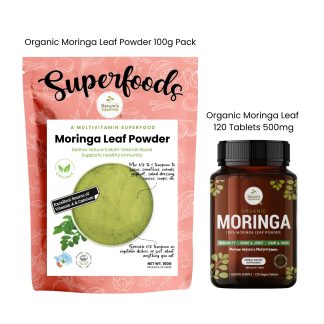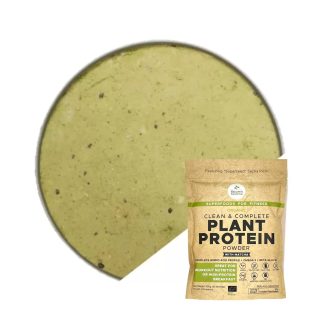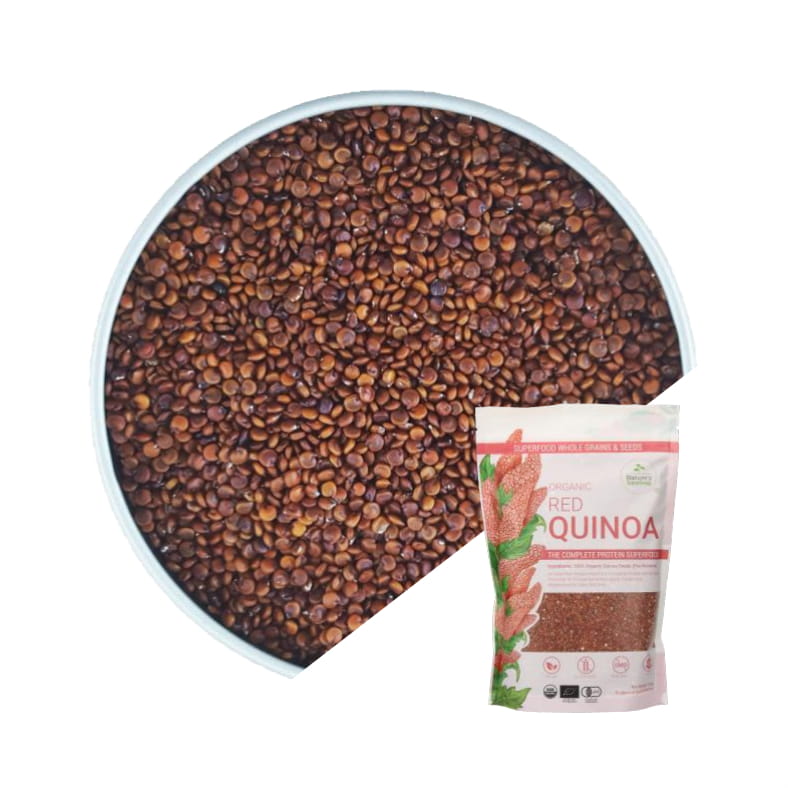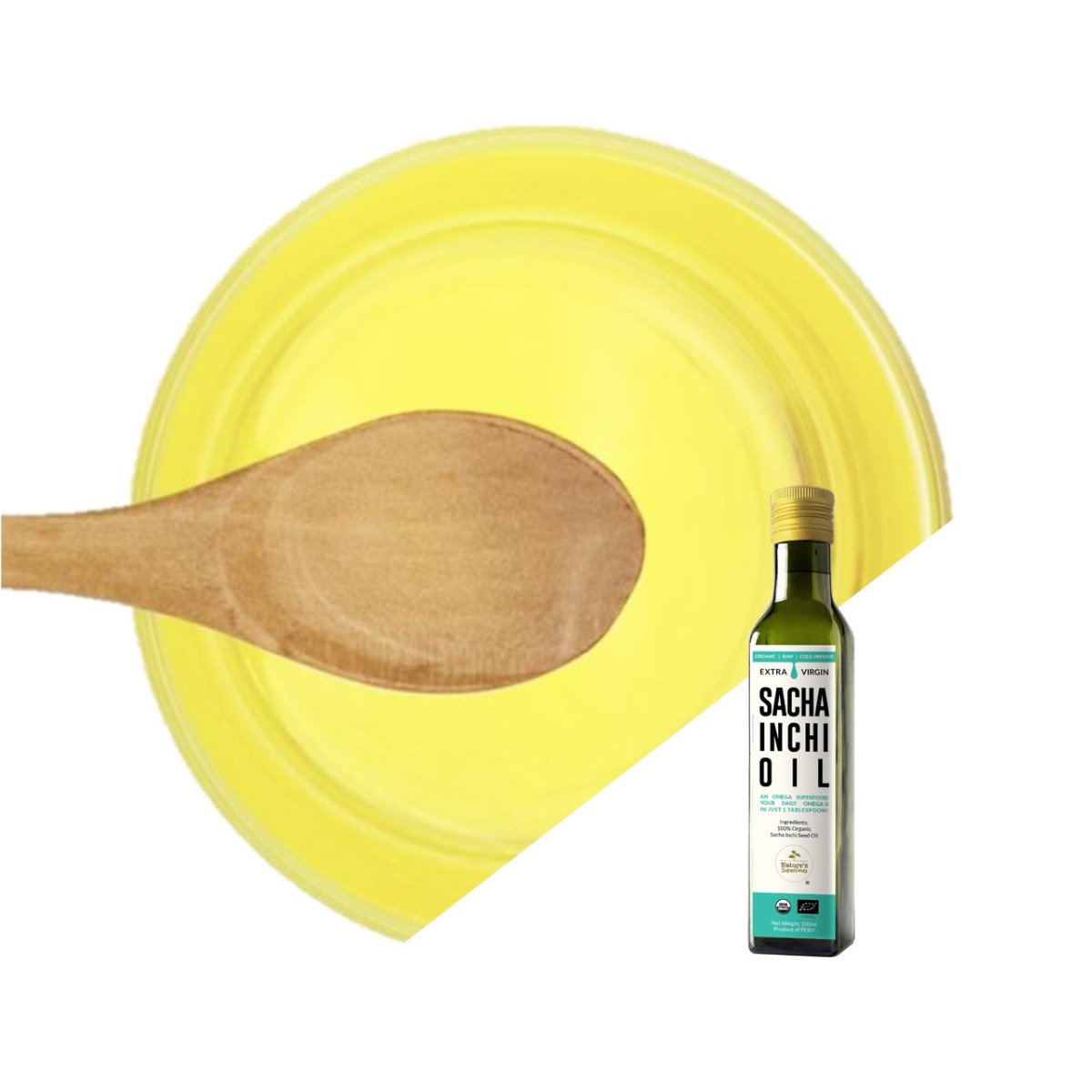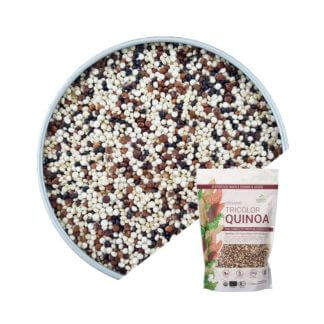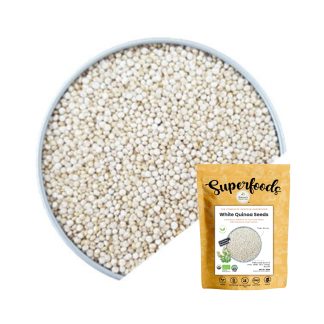-
No products in the cart.
High Cholesterol
Superfoods to Lower Blood Cholesterol
Cholesterol is a fat-like, waxy substance that is necessary for normal body functions such as the production of hormones, vitamin D synthesis, and the digestion of food. Cholesterol in the blood comes from two sources: (1) the liver and (2) the food we eat. The liver makes most of the cholesterol we need, making the food we consume the main contributor to our cholesterol levels.
Though we need it to stay healthy, an elevated cholesterol level can raise our risk of cardiovascular diseases (CVDs), which accounted for 31.7% of all deaths in 2020, translating to 1 out 3 deaths in Singapore. As such, precautionary measures must be taken, especially in terms of our daily dietary habits, to mitigate the risks associated with high blood cholesterol levels.
Symptoms of high blood cholesterol
According to the Ministry of Health’s National Health Survey in 2010, 1 in 2 Singaporean adults has borderline high to high blood cholesterol1. Similar to other conditions such as high blood pressure and high blood glucose, you would only know that you have high blood cholesterol upon screening. Hence, as a rule of thumb, it is recommended to go for your health screening at least once every 3 years if you are aged 40 years and above.
For a healthy individual, your blood lipid levels should be as follows:
Desirable Level
Total cholesterol: < 5.2 mmol/L
HDL-Cholesterol: 1.0 to 1.5 mmol/L
LDL-Cholesterol: < 3.3 mmol/L
Triglycerides: < 2.2 mmol/L
Generally, there are two types of cholesterol: good and bad cholesterol.
LDL-cholesterol is the bad cholesterol that sticks around the artery wall, forming a fatty build-up. This causes blockages and reduces blood flow to the heart. On the contrary, HDL-cholesterol is the good cholesterol that can help to remove bad cholesterol from the arteries.
Triglycerides are a type of fat made by our body from the food we eat (e.g., high fat, high sugar, and alcohol). Overweight individuals tend to have higher levels of triglycerides in their blood. Excessive triglycerides with elevated LDL-cholesterol can increase your risk of CVDs.
Tips on how to lower blood cholesterol
Blood cholesterol can be lowered by making some changes to your lifestyle
Be active
Research has shown that doing more than 150 minutes of moderate-to-vigorous physical activity per week would reduce individual risk of coronary heart disease by 30 percent. In fact, evidence has indicated that individuals who have existing risk factors for CVDs (e.g., high blood cholesterol) would be at a lower risk of premature death as compared to inactive individuals who do not have any risk factors for CVDs.
Therefore, if you have not been working out, it is beneficial to get moving as every minute that you engage in physical activity would help reduce your risk of being diagnosed with CVDs significantly – this is applicable even if you have an existing diagnosis.
Quit smoking
Tobacco use (e.g., smoking) is linked to CVDs and cancer. In particular, it increases the risk of death from undiagnosed coronary heart disease multi-fold. Smoking promotes CVDs as it damages the blood vessel’s lining, promotes fatty deposits in the arteries, increases clotting by raising bad cholesterol (LDL-cholesterol), reduces good cholesterol (HDL-cholesterol), and promotes coronary artery spasm.
Simple eating habits to lower blood cholesterol
1. Limit saturated fat intake
Excessive consumption of saturated fat increases the LDL-cholesterol in your body. To minimize your saturated fat intake, choose lean meat and remove any visible fat or poultry skin. You can also choose low-fat or non-fat options and minimize the intake of palm-based “vegetable oil”.
2. Avoid trans fat
With every 2% increase in trans-fat calories you consume instead of carbohydrate calories, your risk of CVDs doubles. To minimize your trans-fat intake, be mindful of your consumption of pastries, cakes, cookies and commercially deep-fried food. Also, products made with vegetable shortening and hydrogenated or partially hydrogenated oils should be avoided.
3. Choose unsaturated fats
Replacing saturated fat and trans-fat with unsaturated fats will help to lower your blood cholesterol.
Monounsaturated fat: Olive oil, most nuts and avocados are great sources of monounsaturated fat, which helps to lower total and LDL-cholesterol in the body.
Polyunsaturated fat: There are two main types of polyunsaturated fat, namely Omega-3 and Omega-6 fats, which should be consumed in abundance.
4. Add Omega fatty acids
Omega-3 fatty acids reduce blood clotting in the arteries and protect them from hardening. Oily fishes such as salmon, sardines, Spanish mackerel, tuna and superfood grains and seeds (e.g., organic black chia seeds, sacha inchi seeds) are good sources of Omega-3. Omega-6 helps to lower total cholesterol and LDL-cholesterol. Oils such as olive oil and avocado oil, seeds such as sunflower seeds and sesame seeds are good sources of Omega-6.
Our body requires both Omega-3 and Omega-6, where having a diet with a higher Omega-3 : Omega-6 ratio is beneficial for our heart health. As we can easily attain Omega-6 from food (e.g., food cooked with vegetable oils such as corn oil, soybean oils, etc.), it would be ideal to incorporate more Omega-3 in our diet.
Tip: Instead of tossing your salad with creamy dressing, toss it lightly with unsaturated oils (e.g. olive oil, chia seed oil, sacha inchi seed oil) for an additional boost of healthy fats.
5. Choose wholegrains
Research has shown that consuming more wholegrains (e.g. brown rice, organic quinoa seeds, oats, millet, etc.) can reduce the risk of chronic diseases such as CVDs, diabetes and certain cancer. Based on a meta-analysis consisting of 24 studies, it was observed that wholegrain diet lowered total cholesterol levels by an average of 4.6 points.
6. Have a variety of colorful fruit and vegetables
Having a variety of colorful fruits and vegetables can also help reduce your risk of CVDs and colon cancer. This is because it contains a high amount of soluble fiber that can help to reduce the absorption of cholesterol and lower LDL-cholesterol (bad cholesterol) in your blood.
Tip: Leave the skin of the fruits on to maximize your fiber intake.
References
Ministry of Health. 2010. National Healthy Survey. [ONLINE] Available at: https://www.moh.gov.sg/docs/librariesprovider5/resources-statistics/reports/nhs2010—low-res.pdf . [Accessed 25 March 2021].
Ministry of Health. 2021. The ABCs of Health Screening. [ONLINE] Available at: https://www.healthhub.sg/live-healthy/403/abcs_of_health_screening. [Accessed 25 March 2021].
Mora, S., Cook, N., Buring, J. E., Ridker, P. M. & Lee I. 2007. Physical Activity and Reduced Risk of Cardiovascular Events. Circulation, 116, 2110-2118
Heart UK. 2010. Smoking [ONLINE] Available at: https://www.heartuk.org.uk/healthy-living/quit-smoking . [Accessed 25 March 2021].
Iqbal MP. 2014. Trans fatty acids – A risk factor for cardiovascular disease. Pak J Med Sci, 30(1), 194-197.
Hollænder PL, Ross AB, Kristensen M. 2015. Whole-grain and blood lipid changes in apparently healthy adults: a systematic review and meta-analysis of randomized controlled studies. Am J Clin Nutr. 102(3), 556-72.
Browse Superfoods to Lower Blood Cholesterol Levels
Showing all 7 results
-
Organic Moringa Leaf Powder & Tablets
$8.00 – $15.00 View More This product has multiple variants. The options may be chosen on the product page -
Organic Plant Protein Powder – Matcha
$32.90Out of stock
View More This product has multiple variants. The options may be chosen on the product page -
Organic Premium Black Chia Seeds
$11.90 – $22.90 View More This product has multiple variants. The options may be chosen on the product page -
Organic Red Quinoa Seeds
$9.90Out of stock
View More This product has multiple variants. The options may be chosen on the product page -
Organic Sacha Inchi Seed Oil (Extra Virgin, Cold-Pressed)
$29.90Out of stock
View More This product has multiple variants. The options may be chosen on the product page -
Organic Tricolor Quinoa Seeds
$9.95 – $17.95 View More This product has multiple variants. The options may be chosen on the product page -
Organic White Quinoa Seeds
$9.90 – $17.90 View More This product has multiple variants. The options may be chosen on the product page
Showing all 7 results


